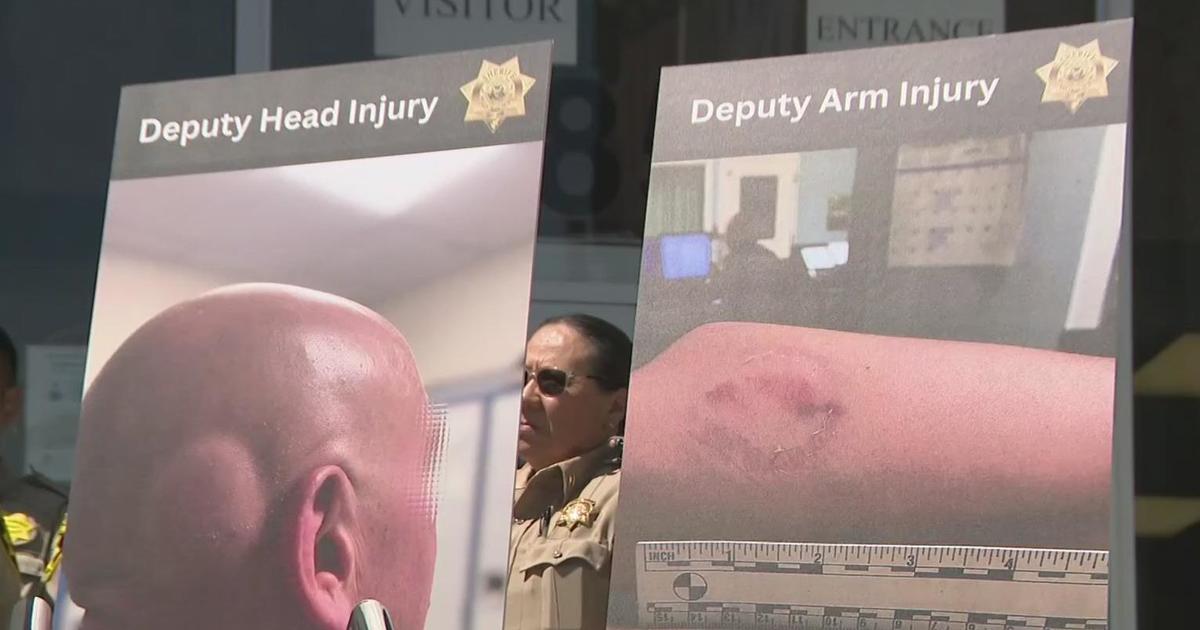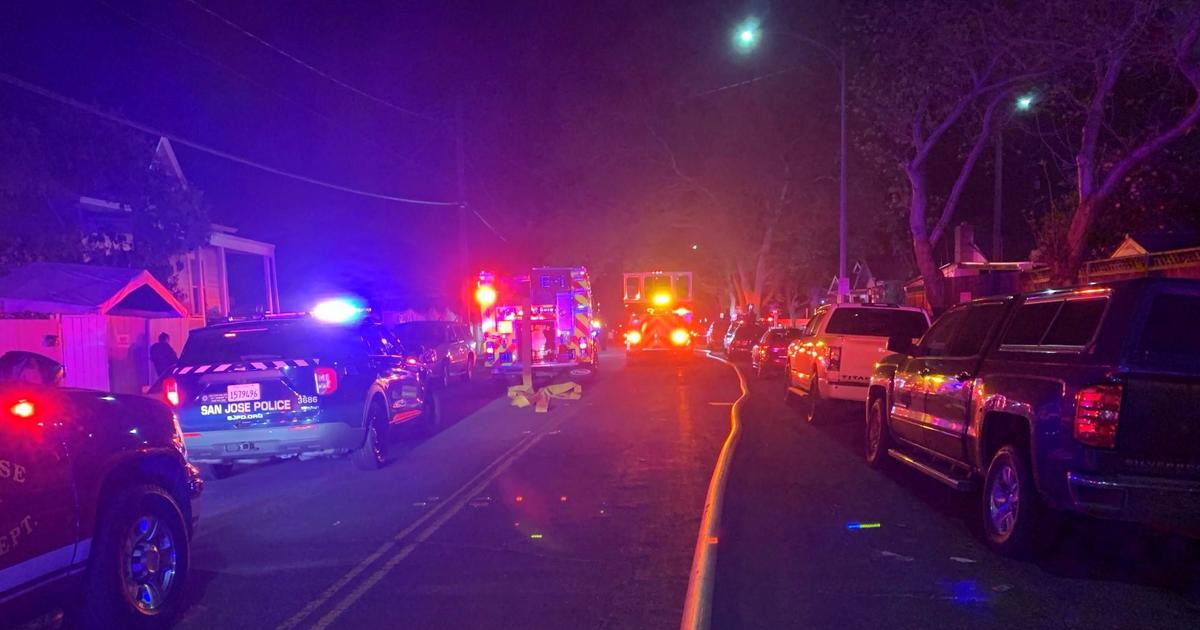'MacGyver' Consultant Makes His Living As Physics Professor
HAMMOND, La. (KPIX 5) -- Fans of the hit CBS Friday night show 'MacGyver' may wonder: how many of the title character's creative contraptions are based on real science? And can any of them be made at home?
Covert operative Angus MacGyver saves the day crafting unconventional tools from everyday objects. Dr. Rhett Allain makes sure the hacks are plausible in real life.
The physics professor teaches at Southeastern Louisiana University in Hammond, Louisiana. He is also the technical consultant for the CBS series.
"Just the mere fact that they're interested in making a connection to something that could be true, I'm happy," explained Dr. Allain.
He fields frequent inquiries from the show's writers. The most common question he's asked is "Would this work?"
"I would help them come up with all the different 'Mac hacks,'" he explained.
He also supplies the Mac facts: all the science information in the show.
"I really like those parts of the show, 'cause I did that!" Dr. Allain noted.
From his campus physics lab, Dr. Allain even records online videos of the hacks that people can do at home.
"I'm kind of sharing what I enjoy," he mused.
In the Season 2, episode 15, MacGyver attaches a car speaker to a broken pay phone to make it work.
Dr. Allain shows off a similar concept in his lab, building a speaker using just a few items..
"If we run current through this loop of wire, it makes a magnetic field. And if that magnetic field interacts with the magnet, it will move back and forth. And if I put this on top of it, it will push the air and make sound," he demonstrated.
He showed KPIX 5's Sharon Chin how to tape the wires to the cup and clip each end to the wires in an earphone cable. He put the cup on top of a strong magnet and plugged the earphone cable into a laptop playing a video.
The makeshift speak produced a familiar song: the theme to 'MacGyver.'
In Season 3 episode 5 of the series, MacGyver whips up a remote-controlled taser.
Dr. Allain showed the same basic technique to make an LED flashlight.
"This is my favorite 'MacGyver' switch: we're gonna use paper clips," he said, noting the lead character's penchant for making tools out of paper clips.
Using clip-on wires, we connect an LED light bulb to a small button battery and a raised paper clip that serves as a light switch. The battery is connected to another paper clip.
When he touches the two paper clips together, they light up the LED.
In Season 2 episode 6, MacGyver fashions a fire extinguisher from a plastic bucket and cassette recorder. The science behind it is real. Sound waves can trap the air around the fire so it uses up oxygen, causing the flames to go out.
Dr. Allain's do-it-yourself version extinguishes a votive candle.
We pour baking soda into vinegar to create carbon dioxide gas. You can't see the gas. But once you pour it over the candle, it replaces the oxygen that fuels the flame.
Voila! The candle is extinguished.
Dr. Allain uses the same hands-on approach and some of the same demonstrations as he teaches his class of education majors. But the lessons -- like the one he was teaching that day on force and motion -- help take the fear out of physics.
Dr. Allain has never met the MacGyver cast or crew, but would love to one day.
He demonstrated several 'MacGyver' hacks that you could try at home, like how to make sound out of light, and how to make your own magnetic compass.
Dr. Allain said he is enjoying the opportunity to teach physics for education and entertainment, for the 'MacGyver' series and for fun.



